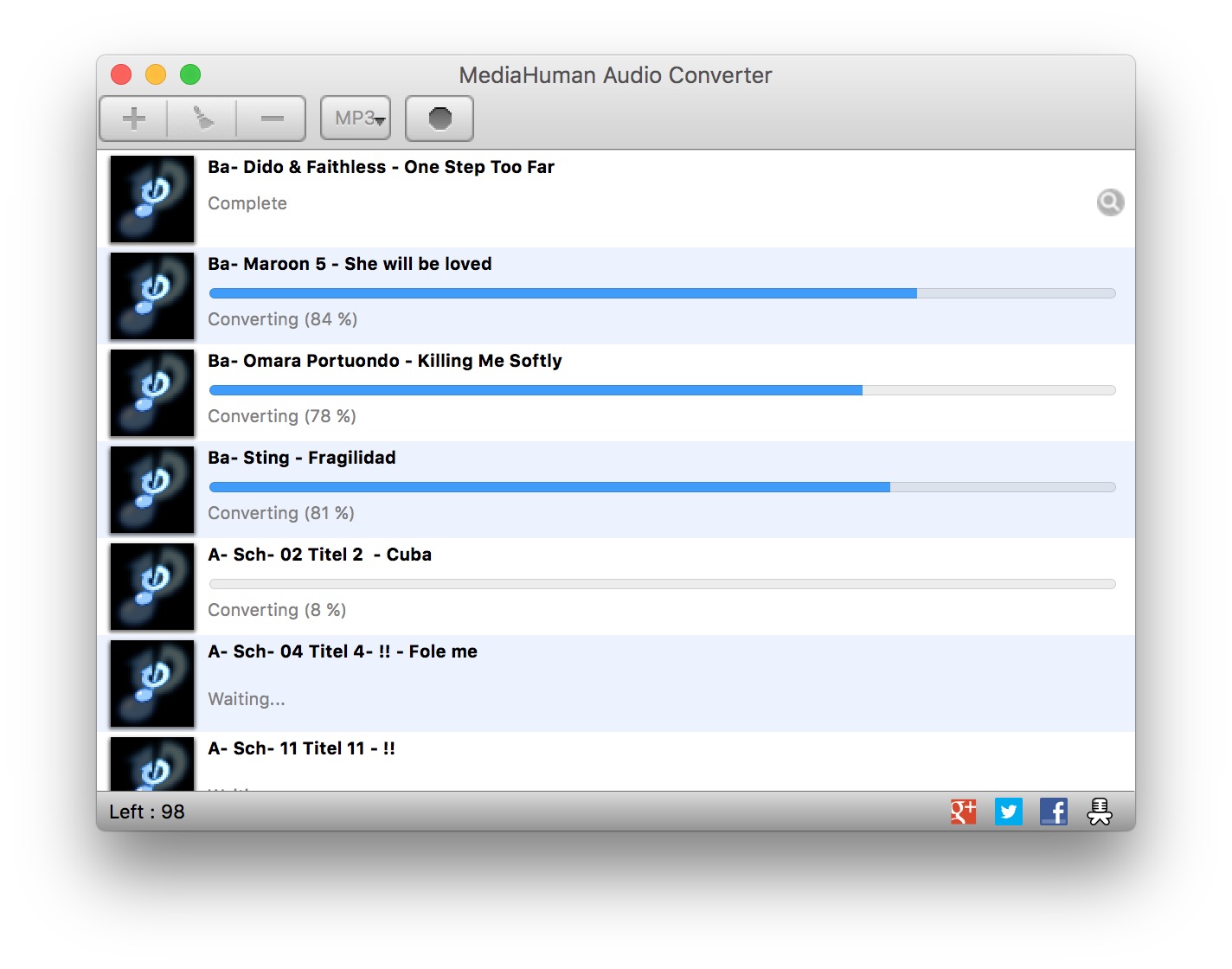

Schools of bonefish once streamed across flats lush with seagrass, but are now a rare sight, with fish both fewer in number and smaller in size. The study expands on a similar survey completed last year on bonefish in Florida Bay and Biscayne Bay. The fish likely inhaled the drugs through water or by eating contaminated prey, the scientists said. The most commonly found drugs were heart medicine, opioids and anti-psychotic drugs, with the heart meds and opioids found in half the fish sampled. The other five have not been investigated. Of the 12 most commonly detected drugs, seven have been found to harm fish. It poses a far lower risk than, say, the threat from mercury in the fish. The amount equalled about one-third of the therapeutic levels in humans, they said, meaning humans would need to eat literally a ton of fish to be harmed. But some had as many as five different drugs.Ī quarter of the fish had levels high enough to be considered harmful for the fish, researchers said. Human drugs were found in every fish sampled, with at least two different kinds of drugs found on average in the fish. For the survey, researchers looked at nine estuaries around the state.

Redfish, also known as red drum, inhabit waters from coast to coast in Florida.


 0 kommentar(er)
0 kommentar(er)
